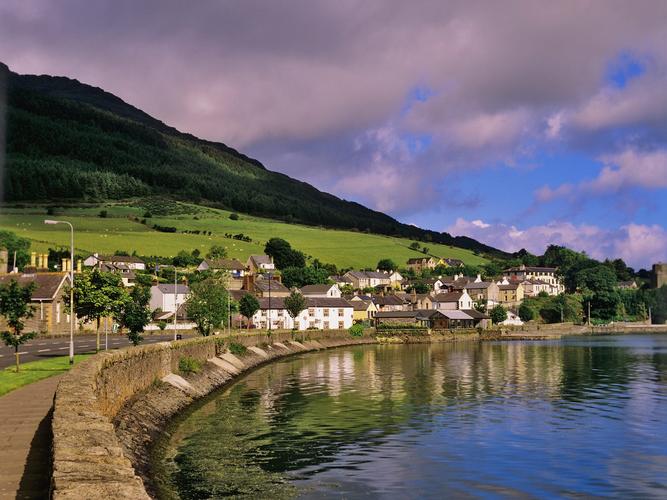Mexico is a country well-known for its rich cultural traditions that date back thousands of years. Its indigenous heritage, blended with the influences of European colonization, has given rise to a unique and diverse cultural identity that continues to flourish to this day. In this article, we will delve deeper into the richness and diversity of cultural traditions from Mexico and explore some of the fascinating aspects that make this country so unique.
Art and Craftsmanship
Mexico is renowned for its vibrant artistic scene, and art has played an integral role in Mexican culture for centuries. Art and craftsmanship come in a wide range of forms, ranging from the intricate embroidery of Oaxaca to the colorful pottery of Chihuahua. The Huichol people are famous for their brightly colored beaded crafts, while the Mayan community is known for its intricate weaving techniques. The Day of the Dead celebration is an exquisite manifestation of art in Mexico, where families create intricate altars to honor their departed loved ones.
Food and Drink
Mexican cuisine is equally famous worldwide, and it brings the richness and diversity of Mexican culture to the table. Tacos, burritos, nachos, guacamole, and tequila are well-known favorites, but there is so much more to Mexican cuisine. Some of the lesser-known dishes include mole, a sumptuous sauce made with chocolate and a blend of spices, and pozole, a hearty and nourishing soup made with hominy and pork. Mexico’s culinary traditions are so rich and diverse that UNESCO designated Mexican cuisine as Intangible Cultural Heritage in 2010.
Celebrations and Festivals
Mexico is home to an innumerable number of celebrations and festivals that reflect the country’s diverse cultural richness. From the Day of the Dead to the Zocalo festival, each celebration is unique and vibrant in its way. Dancing, music, and fireworks are integral components of these festivals, and they offer a glimpse into the joyful spirit of the Mexican people. The Carnival of Veracruz, for instance, is a ten-day event that features colorful parades with masks and vibrant costumes, while the Guelaguetza festival is a magical display of music and dance that takes place in Oaxaca.
Architecture and Archaeological Ruins
Mexico’s architectural and archaeological sites offer a glimpse into its rich cultural heritage. The Mayan and Aztec ruins of Tulum, Chichen Itza, and Teotihuacan are among the most popular tourist destinations in Mexico. They are fascinating examples of the architectural and engineering prowess of the ancient civilizations that once inhabited these regions. Mexico also has a rich tradition of colonial architecture, and buildings such as the National Palace in Mexico City and the Cathedral of Zacatecas are excellent examples of this.
Conclusion
Mexico’s rich cultural traditions are a testament to the country’s history, geography, and economic and political development. Its indigenous heritage, European influences, and subsequent cultural blend have given rise to a unique and diverse cultural identity that is celebrated throughout the world. From art and craftsmanship to food and drink, celebrations and festivals, and architectural and archaeological ruins – Mexico offers a vibrant and emotional journey into its rich and diverse cultural traditions.
(Note: Do you have knowledge or insights to share? Unlock new opportunities and expand your reach by joining our authors team. Click Registration to join us and share your expertise with our readers.)
